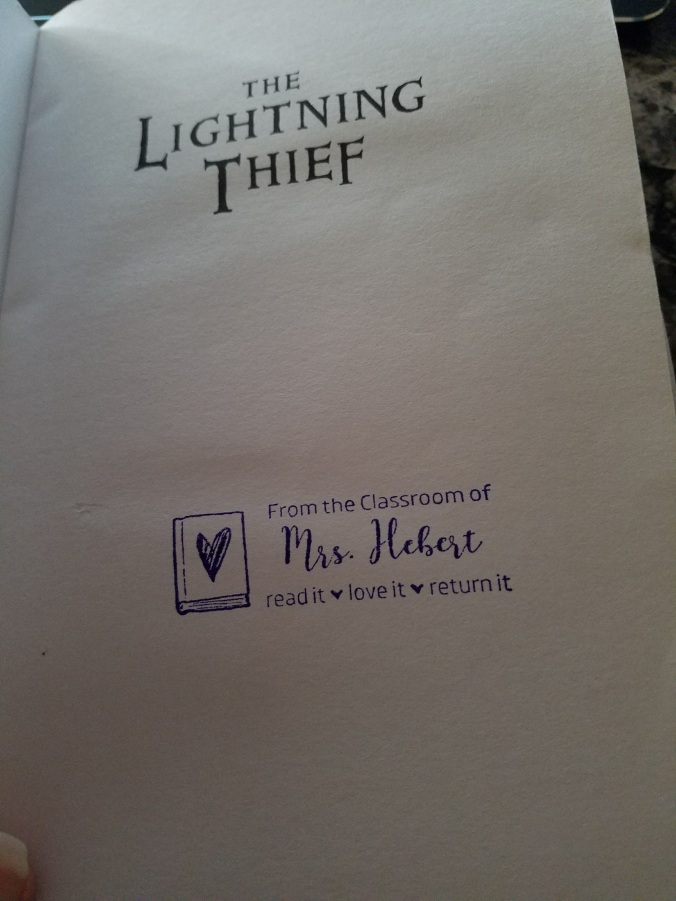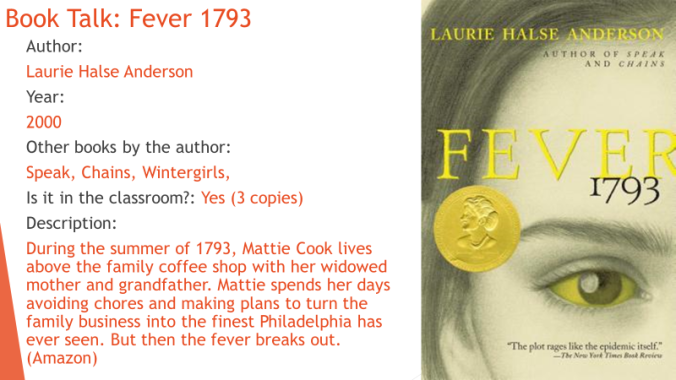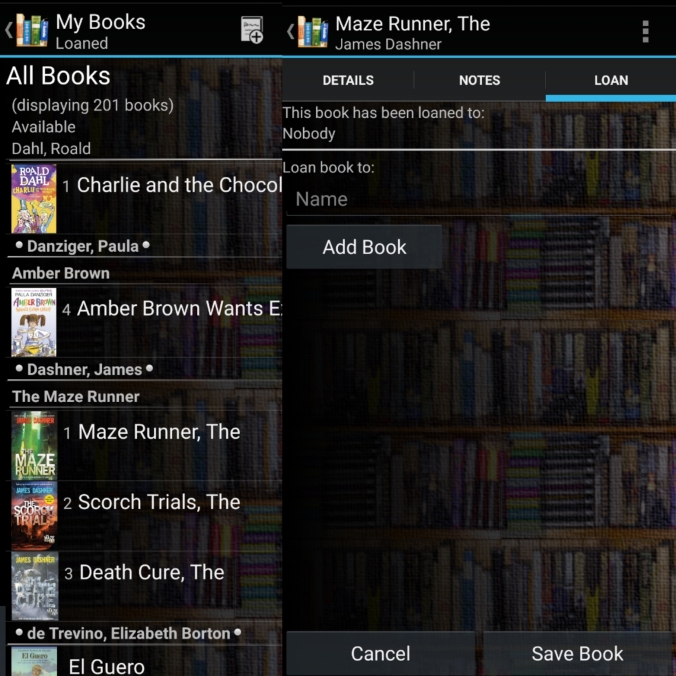
As the warm lazy days of summer have now come to an end, and we are now all doing the teacher stuff – lesson planning, getting to know new students, setting expectations, building relationships, and everything else a new school year brings, I find myself overwhelmingly focused on one thought for the coming year: students need to read.
In one of my summer graduate classes, I read an article titled “What Really Matters When Working with Struggling Readers” in which Richard Allington talks about the “potential power of engaging children in reading where their accuracy is high” (2013). Let me repeat that: where their ACCURACY IS HIGH. Students must read what they can read. Constantly forcing students to read something simply because of their current age or grade level is, quite frankly, silly.
Now of course, I’m not saying that teachers should be using Dr. Suess texts in classroom instruction. I’m not thinking about my day-to-day lesson plans and the heart of my instruction. I’m primarily focused here on what students are reading for pleasure, and honestly, just that students are reading at all.
I’m starting this school year in a scary and exciting place – a new district and a new level. So far, I’ve spent my entire teaching career in high schools teaching freshmen. This year, I’m starting a new chapter of my career in a junior school teaching 8th grade.
One of my greatest regrets from the past years of my teaching is that I never focused enough on turning students into readers. I was always too focused on the mandated curriculum and on testing. There are always ways to improve ourselves every year, and this year my focus is going to be on reading.
Book Talks

My book talk slide for Fever 1793
Penny Kittle, one of the most beloved educational geniuses in the world of English, has a book titled Book Love in which she describes how she, and how other educators, can help foster a love for reading in students. She talks about giving book talks to inspire students.
Now, I’ll admit, I have not read her entire book (yet). But I did have the privilege of attending a district professional development workshop where our district English guru used this book as a focus, and did many book talks for us, both YA and adult. She emphasized some of the important aspects of book talks: have a copy of the book in your hands, explain how the book came to be in your possession or how/why you read it, tell a little about the plot, and finally read an excerpt. To keep consistency, I created a PowerPoint slide template with important book information and a picture of the cover, and I’ll show that slide for each book (see example above). And, as a way to keep track of what books I’ve done and so that I can use them again next year, I save a slide of each book to one master PowerPoint. Just because I love you all so much, I’ll put what I have so far in that PowerPoint up on my Resources page.
As I sit here writing this post, I’ve just completed the first week of school (after an unexpected delay due to Hurricane Harvey – read about it here). In the 5 days of instruction we’ve had, I’ve done a Book Talk on all but one.
First, I talked about Fever 1793 by Laurie Halse Anderson, a book that I loved when I was in middle school and read so many times that my copy of the book literally fell apart (I think in my move to Texas, a chunk of pages in the middle that hadn’t been attached for years finally disappeared and I had to buy new copies).
I talked about Lord of the Flies by William Golding, and how I used to teach it to my freshmen.
I admitted that I hadn’t actually read The Fault in Our Stars by John Green, but that I would one day soon.
I told them about the time I was administering a test and picked up a copy of The Hobbit by J.R.R. Tolkien, and to switch it up and add some interest, I showed the full length trailer for first Hobbit movie.
Next on my list is Divergent by Veronica Roth, but I’m reading that one now.
My plan moving forward is to do one book talk each week, but I wanted to get my students used to the process and introduce them to a number of book to start the year. It only takes about 2 to 5 minutes to do a book talk. I do them right after we finish discussing their warmup and before the actual instruction and activities begin.
Classroom Library

My classroom library – always a work in progress
Book talks are awesome, but they’re not going to do much good if students can’t get the books you talk. I believe that all teachers, English or not, should have a classroom library. Like I’ve said (and studies have proven), kids need to read more!
When that classroom library starts to grow, it becomes difficult to manage. Did I loan out my copy of The Lightning Thief? Who has Lord of the Flies? Didn’t I have more than these 2 copies of Fever 1793?
I’ve found a solution! I found an app for my Android (sorry iPhone users, I’m sure Apple has something similar) called Book Catalogue. I was able to scan the barcodes on the books in my library and add them to a database on the app. Some of my books are quite old, and the barcodes didn’t work or some of them didn’t even have barcodes. I was able to use the app to search the internet and still add those books. Right now, I have 201 books listed in my app. When a student wants to borrow the book, the app has a place that I mark it loaned and write the students name. When they return it, I mark it returned.

Screenshots of the Book Catalogue app on my phone
To mark the books as mine and add a little reminder to students to return the books when they’re finished, I purchased a teacher library stamper on Etsy (shout out to seller 904Custom). You can see that awesome stamp at the top of this post.
So we’re a full week into the school year now. How successful have these little ideas been? Very. I almost immediately checked out all of my copies of all of the books I talked, plus some others. When I didn’t do a book talk Friday, many students were disappointed because they’d already come to love those few minutes of class. Of course, I still have many students who insist that they just don’t read. But after our first trip to the school library, they’ll be required to keep a book with them to read whenever they finish an assignment early or I give them time to read. They have a whole 9 months to find something they enjoy reading.
I’ll make readers out of these kids if it kills me.
Pingback: “Miss, I think you turned me into a reader.” | Mrs. Hebert's Classroom